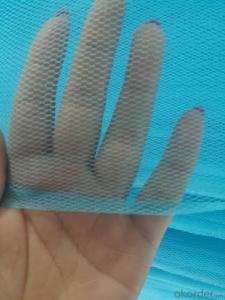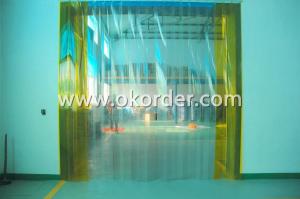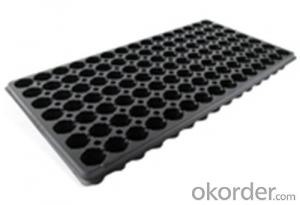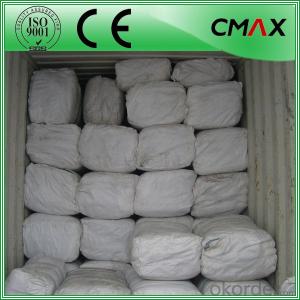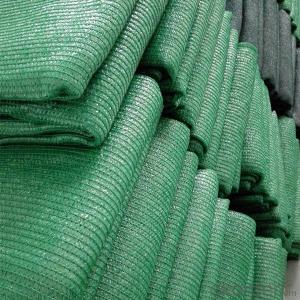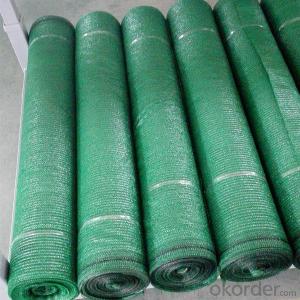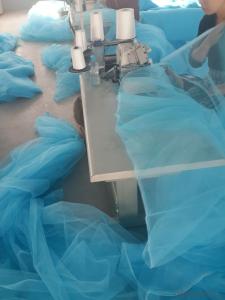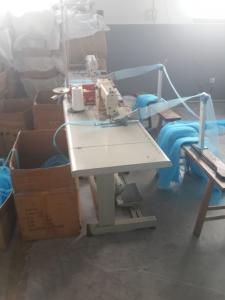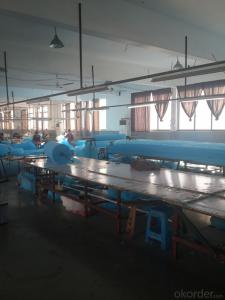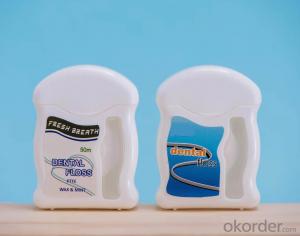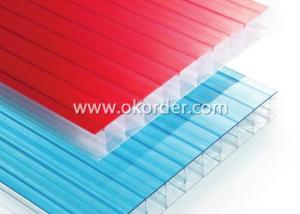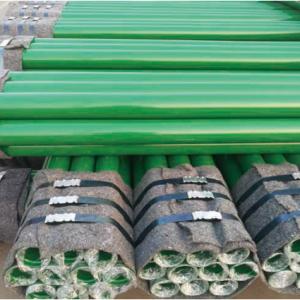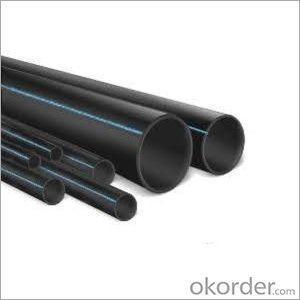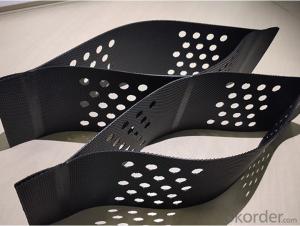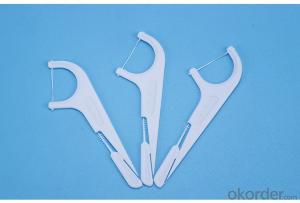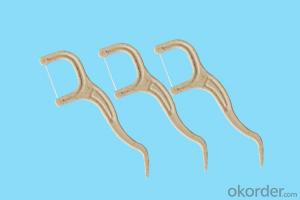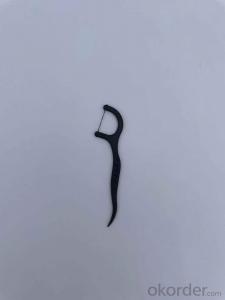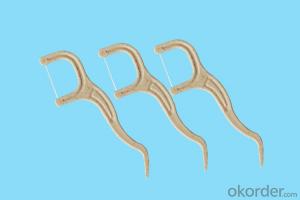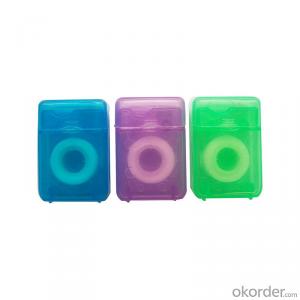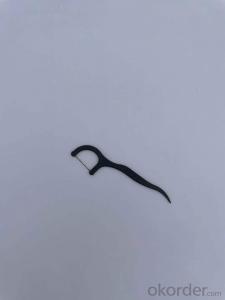Long Lasting Insecticide Treated Plastic Net Mosquito Net
- Loading Port:
- Shanghai
- Payment Terms:
- TT OR LC
- Min Order Qty:
- 1000 PCS
- Supply Capability:
- 1000000 PCS/month
OKorder Service Pledge
OKorder Financial Service
You Might Also Like
Introduction of Mosquito Net
This long lasting mosquito bed net is hooked on the ceiling and tucked under your mattress for overnight protection from bites. The deltamethrin treatment provides 4-5 years of protection, unlike permathrin which only lasts about 1 year. Insecticide treated mosquito nets, if used properly, are one of the best ways to prevent mosquitoes from biting and infecting individuals with malaria and other mosquito-borne diseases.
Details of Mosquito Net :
Lasts 4-5 years
Suitable for beds of all dimensions
For one or two people
Attaches to ceiling
Can be suspended from a ceiling
Pre-treated as per World Health Organization guidelines
Services of Mosquito Net :
Pre-sale services:
1.Various kinds of mosquito nets to choose from.
2.Any customized products can be satisfied according to your requirements.
3.Professional technicians engaged in each procedures.
Services during the sale:
1.Pre-checking and safeguarding products before delivery.
2.Providing solutions for any unexpected conditions involved.
After-sale services:
1.Assist customers on how to hang the exact mosquito nets.
2.Provided with instructions or vidoes of certain mosquito nets foldings.
3.24-hour Services.Contact us for any questions, we'd be gladly to follow.
Packaging & Delivery of Mosquito Net :
| Packaging Detail: | Individually packed into branded plastic bag,100 units per bale. |
| Delivery Detail: | 2 weeks after confirm order and payment |
FAQ of Mosquito Net:
1.Sample
We'd be gladly to send you the sample for free, but you need to pay for transport cost, and we will turn back this amount of money to you after orders issued.
2. MOQ
Our minimum order quantity for mosquito net is 1,000 pieces, and 500 kilograms for fleece fabric and mosquito net fabric.
3.Color, Size
Any color and any size is available as long as it's connected with mosquito nets.
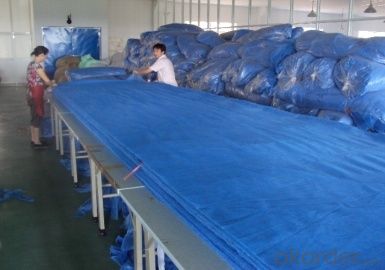
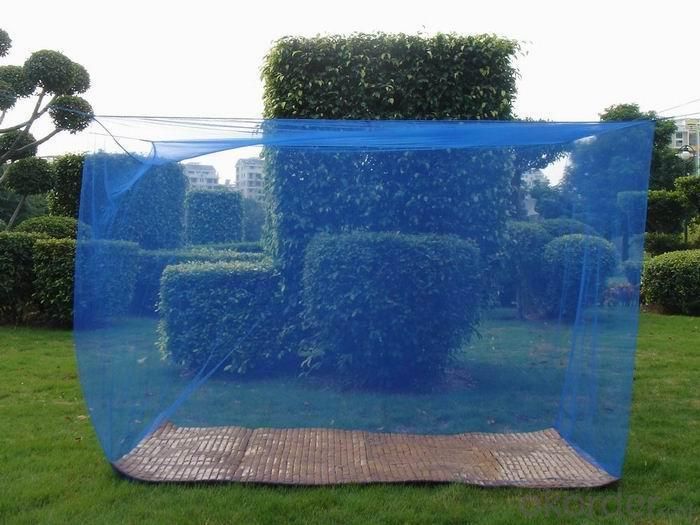
- Q:Can medical plastics be used in urological devices?
- Yes, medical plastics can be used in urological devices.
- Q:What are the most common uses of medical plastics in endocrinology?
- The most common uses of medical plastics in endocrinology include the production of insulin pens, hormone delivery devices, diagnostic test kits, and various medical implants such as insulin pumps and hormone-releasing intrauterine devices. These plastic-based medical devices play a crucial role in administering hormones, monitoring hormone levels, and managing endocrine disorders effectively.
- Q:What are the most common uses of medical plastics in radiography?
- Medical plastics are commonly used in radiography for various purposes such as creating protective barriers, manufacturing imaging equipment and accessories, and developing radiation shielding materials. These plastics play a crucial role in ensuring patient safety, enhancing image quality, and facilitating accurate diagnosis and treatment.
- Q:How is medical plastic used in tissue scaffolds?
- Medical plastic is used in tissue scaffolds to provide a supportive structure for the growth and regeneration of tissues. It acts as a framework that mimics the natural extracellular matrix, promoting cell attachment, migration, and proliferation. The porous nature of the plastic scaffold allows nutrients and oxygen to reach the cells and aids in the removal of waste products. Additionally, medical plastic scaffolds can be tailored in terms of their composition, pore size, and mechanical properties to suit specific tissue engineering applications.
- Q:How do medical plastics contribute to the field of immunology?
- Medical plastics play a crucial role in the field of immunology by providing essential tools and technologies for various immunological procedures and research. They are extensively used in the development of diagnostic tests, such as ELISA and flow cytometry, which help identify and study immune responses. Additionally, medical plastics are employed in the manufacturing of devices like microfluidic chips and biosensors that enable the analysis of immune cells and their interactions. These materials also facilitate the production of sterile and biocompatible containers for the storage and transportation of vaccines, antibodies, and other immunological reagents. Overall, medical plastics contribute significantly to the advancements in immunology by enhancing accuracy, efficiency, and safety in research, diagnosis, and treatment.
- Q:What are the advancements in biodegradable medical plastic?
- Advancements in biodegradable medical plastic include the development of new materials that can degrade safely within the body, reducing the need for additional surgeries to remove implants. Additionally, researchers are exploring ways to enhance the mechanical properties and stability of these plastics, making them more suitable for various medical applications. Other advancements involve the incorporation of antimicrobial properties into biodegradable plastics, which can help prevent infections and improve patient outcomes. Overall, these advancements are promising in terms of reducing environmental impact and improving patient care in the medical field.
- Q:How do medical plastics contribute to infection control?
- Medical plastics contribute to infection control in several ways. First, they are designed to be non-porous and smooth, reducing the potential for bacteria or other pathogens to adhere and grow on their surface. Additionally, medical plastics can be easily cleaned and disinfected, making them ideal for use in medical devices and equipment that require frequent sterilization. They also provide a barrier between patients and healthcare workers, preventing the transmission of infections. Moreover, medical plastics can be manufactured with antimicrobial properties, further reducing the risk of infection transmission. Overall, medical plastics play a crucial role in maintaining a clean and hygienic healthcare environment, helping to prevent the spread of infections.
- Q:What are the factors that affect the biocompatibility of medical plastics?
- The factors that affect the biocompatibility of medical plastics include the chemical composition of the plastic material, its surface properties and characteristics, the presence of any additives or impurities, the duration and extent of contact with biological tissues or fluids, and the immune response and tolerance of the patient's body to the material.
- Q:How do medical plastics help in wound healing?
- Medical plastics help in wound healing by providing a sterile and protective barrier over the wound. They prevent contamination from external factors, such as dirt and bacteria, allowing the wound to heal without further complications. Additionally, some medical plastics have properties that promote moisture retention, which helps create an optimal environment for wound healing. These materials are also flexible and conformable, ensuring comfort and ease of movement for the patient while facilitating the healing process.
- Q:What are the characteristics of medical plastics that make them suitable for medical devices?
- Medical plastics have several characteristics that make them highly suitable for medical devices. Firstly, they are biocompatible, meaning they do not cause any adverse reactions or toxicity when in contact with living tissues or fluids. This is crucial for ensuring patient safety and reducing the risk of complications. Secondly, medical plastics are lightweight and can be easily molded into complex shapes, allowing for the production of intricate medical devices. This flexibility in design is essential for creating devices that can fit specific anatomical structures or perform intricate functions. Additionally, medical plastics have excellent chemical resistance, which ensures that they can withstand exposure to various sterilization methods and harsh chemicals used in healthcare settings. This resistance to corrosion and degradation is vital for maintaining the integrity and longevity of medical devices. Furthermore, medical plastics possess excellent mechanical properties, such as high tensile strength and durability. This enables them to withstand the stresses and strains associated with medical device applications, including repeated use and sterilization cycles. Lastly, medical plastics are cost-effective compared to other materials, such as metals or ceramics, making them a popular choice for manufacturers. Their availability and affordability contribute to their widespread use in medical devices, ultimately benefiting patients and healthcare providers alike.
1. Manufacturer Overview |
|
|---|---|
| Location | |
| Year Established | |
| Annual Output Value | |
| Main Markets | |
| Company Certifications | |
2. Manufacturer Certificates |
|
|---|---|
| a) Certification Name | |
| Range | |
| Reference | |
| Validity Period | |
3. Manufacturer Capability |
|
|---|---|
| a)Trade Capacity | |
| Nearest Port | |
| Export Percentage | |
| No.of Employees in Trade Department | |
| Language Spoken: | |
| b)Factory Information | |
| Factory Size: | |
| No. of Production Lines | |
| Contract Manufacturing | |
| Product Price Range | |
Send your message to us
Long Lasting Insecticide Treated Plastic Net Mosquito Net
- Loading Port:
- Shanghai
- Payment Terms:
- TT OR LC
- Min Order Qty:
- 1000 PCS
- Supply Capability:
- 1000000 PCS/month
OKorder Service Pledge
OKorder Financial Service
Similar products
New products
Hot products
Related keywords
